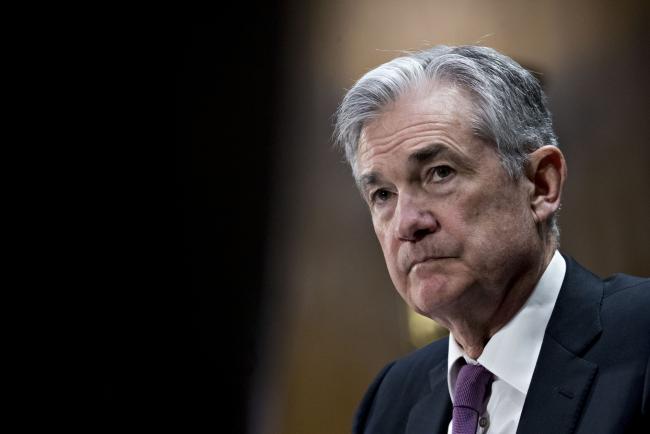(Bloomberg) -- Central bankers are already making waves at what may well be the monetary-policy event of the year in the U.S.
Federal Reserve officials and leading academics are gathered in Chicago Tuesday and Wednesday to debate whether policy makers need to overhaul their strategies, tools and communication for managing inflation and preparing for the next economic downturn.
Federal Reserve Chair Jerome Powell kicked off the conference Tuesday with a few words on the global trade tensions that are rattling financial markets and leading investors to believe the Fed will cut rates soon.
The research conference, hosted by the Chicago Fed, is the centerpiece of a yearlong internal review of the central bank’s inflation target announced in November. Since then, the issues at hand have become more pressing. Inflation has drifted below the Fed’s 2% target and an escalating trade war has pulled forward concerns about recession risk.
Follow along below for updates from the conference throughout the day on Tuesday and Wednesday. Here are some of the highlights so far:
Powell, Taylor Differ on Effects of QE
In his welcoming remarks this morning, Powell got to the core of the monetary-policy debate taking place at the conference: Does the Fed need to adopt a new strategy, like average-inflation targeting, to bolster its recession defenses?
He argued new tools deployed after the financial crisis, like large-scale bond buying (known as quantitative easing, or QE), as well as forward guidance about the future path of interest rates, “provided meaningful support for demand, but that they should not be thought of as a perfect substitute for our traditional interest-rate tool.”
The paper presented by the first panel -- Janice Eberly of Northwestern University, Harvard’s James Stock and Jonathan Wright at Johns Hopkins -- comports with Powell’s analysis. They argued such “slope policies” deployed after the crisis, aimed at reducing long-term interest rates, brought unemployment down faster than would have otherwise been the case, but didn’t do much for inflation, which has persistently undershot the Fed’s 2% target throughout this expansion.
John Taylor, the Stanford University economics professor and author of an influential monetary-policy formula, was skeptical. In his role on the panel critiquing the paper, he said, “I think the evidence is quite weak that this new suite of slope policies works.”
Taylor’s work -- notably the so-called “Taylor rule” for setting interest rates -- suggests influencing expectations is key to stabilizing the economy, and he doesn’t think the Fed can do that without adhering to a particular rate-setting strategy. In other words, deploying alternative tools in a crisis situation isn’t good enough.
The Eberly, Stock and Wright paper excluded the effects of expectations by design, and instead focused on historical statistical relationships between interest rates, unemployment and inflation to come up with their conclusions on the effectiveness of slope policies.
In his remarks, Powell raised questions about whether adopting a strategy like average-inflation targeting would be credible, because it requires the public “to go out on a limb” and believe the central bank will follow through on such a strategy over a period of many years.
That was the idea behind the original Taylor rule.
Stock replied: “We implemented that, and it just didn’t do the trick.”
Powell Opens Door to Rate Cuts if Necessary
U.S. stocks jumped the most since January as Powell signaled an openness to rate cuts.
“We do not know how or when these issues will be resolved,” Powell said, referring to “trade negotiations and other matters.” “We are closely monitoring the implications of these developments for the U.S. economic outlook and, as always, we will act as appropriate to sustain the expansion, with a strong labor market and inflation near our symmetric 2% objective.”
That’s the elephant in the room. When this conference was announced in November, Fed officials’ presumption was that the economic outlook was good enough to continue raising interest rates gradually over the next few years. That made it a good time to step back and focus on longer-run issues.
Fast forward to today and the situation is quite different, with the U.S.-China trade war and other risks clouding the global economy. That will undoubtedly color the conversations, even if the topics to be discussed aren’t supposed to be focused on immediately pressing concerns.
